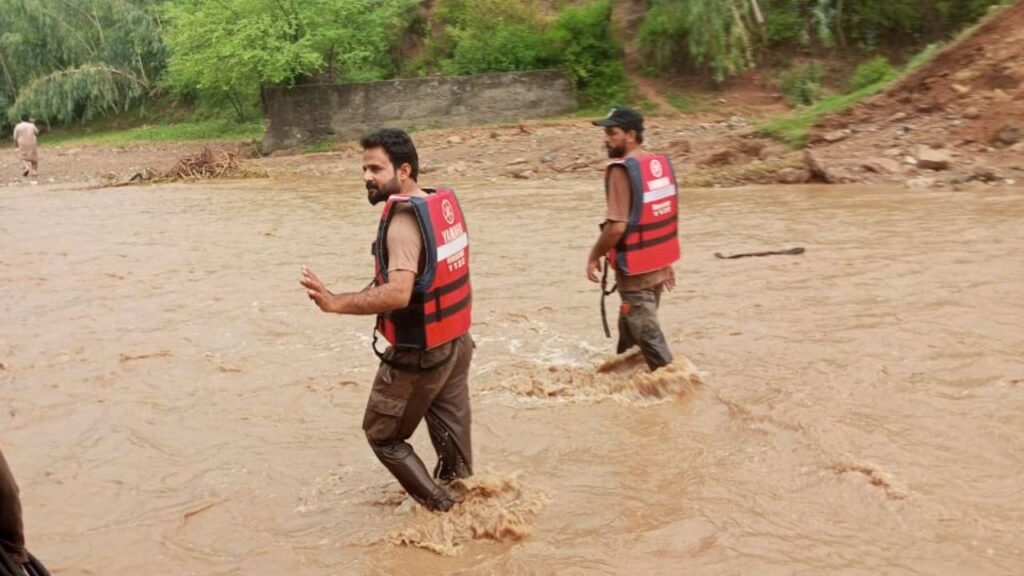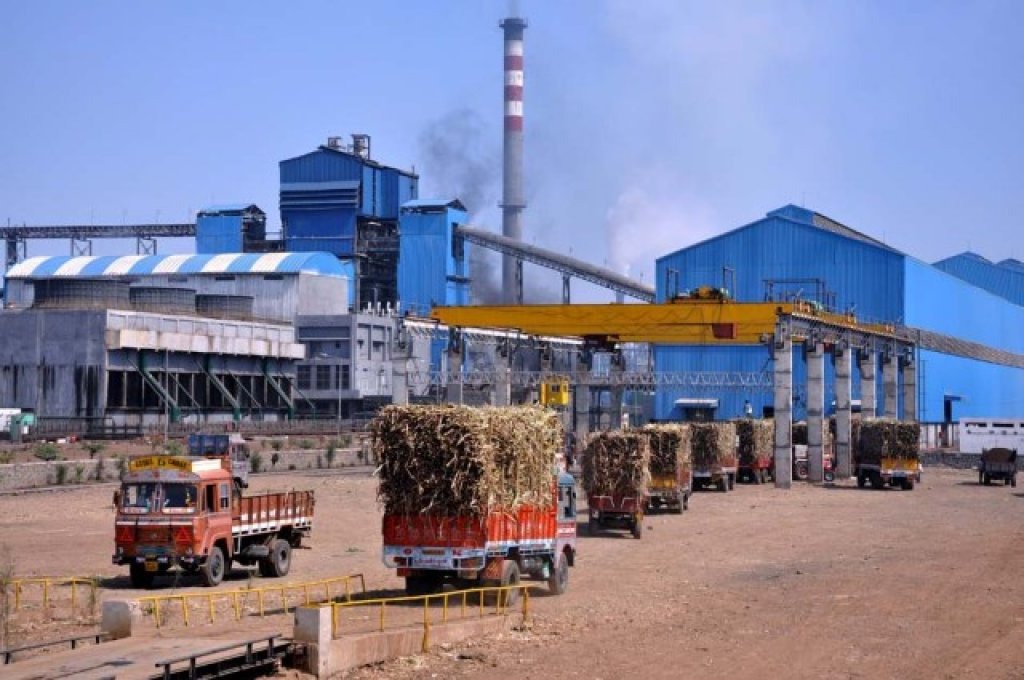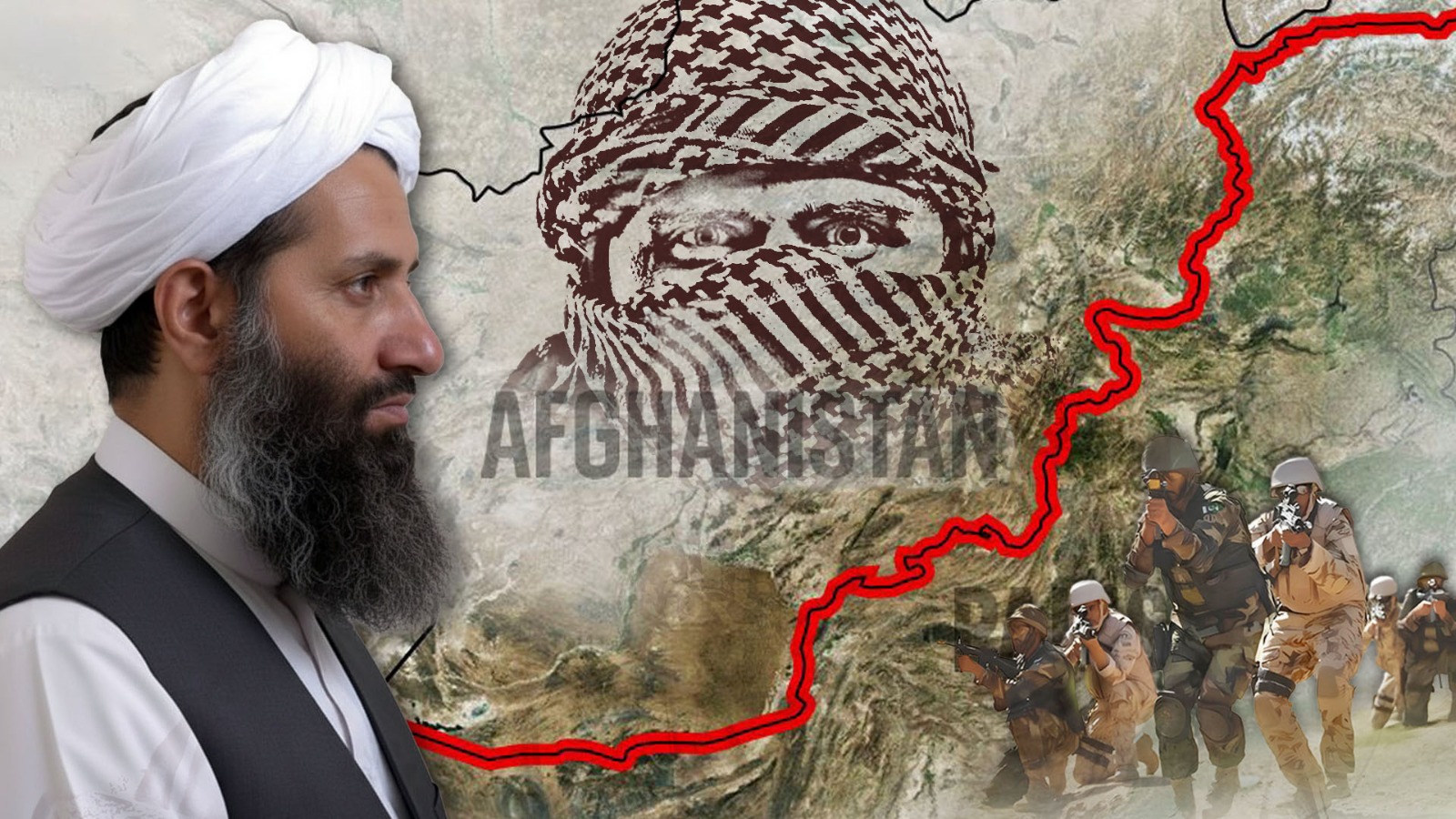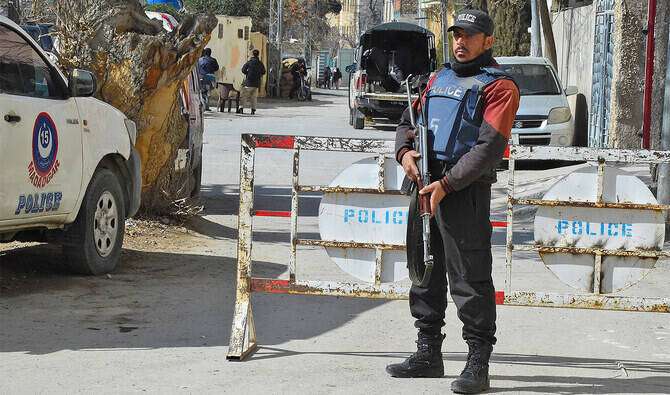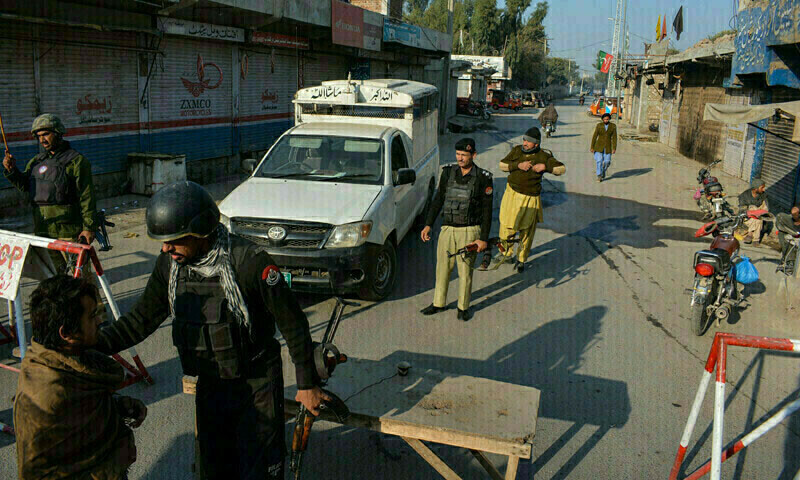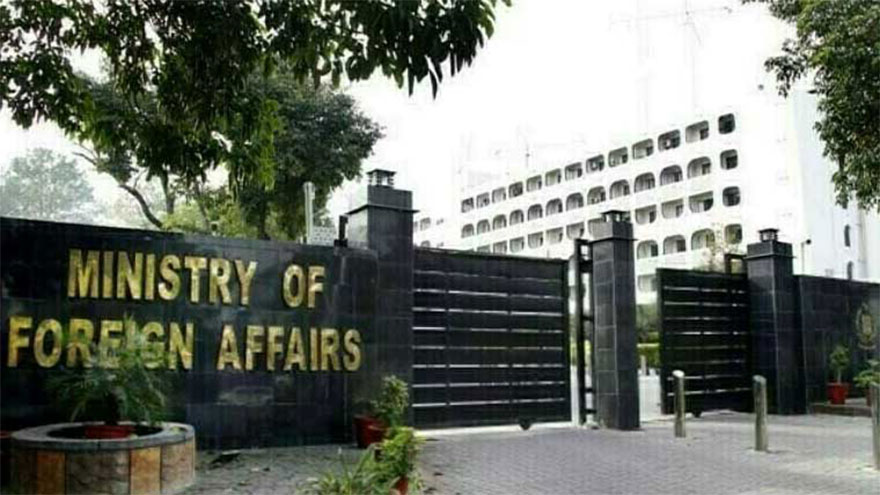Heavy monsoon rains and subsequent flash floods have claimed the lives of at least 72 people and injured 130 more across Pakistan in the past 11 days, according to the National Disaster Management Authority (NDMA). The death toll, recorded between June 27 and July 7, is highest in Khyber Pakhtunkhwa (KP) with 28 fatalities, followed by Punjab (24), Sindh (15), Balochistan (11), while another four people were killed in Azad Jammu & Kashmir (AJK).
Six additional rain-related deaths occurred in the 24 hours preceding the report, four in KP and two in Sindh. Three individuals sustained injuries from incidents including flash floods, house collapses, lightning strikes, and drowning.
The NDMA reports significant damage, including 161 houses destroyed and 91 livestock swept away. The agency conducted 19 rescue operations, saving 233 people and distributing essential supplies to those affected.
The National Emergency Operation Centre (NEOC) has issued a warning of continued heavy rains and potential flooding until July 10th. Multiple regions are at risk, including Punjab, Sindh, Balochistan, KP, AJK, and Gilgit-Baltistan. Low-level flooding is anticipated at Marala and Qadirabad on the Chenab River. Major rivers, including the Indus, Chenab, Swat, Panjkora, Chitral, and Hunza, are expected to see rising water levels, with a high risk of flash floods in northeastern Punjab, particularly in streams originating from the Pir Panjal mountain range.
The Jhelum River and its tributaries in AJK, and the Hunza River and its tributaries in Gilgit-Baltistan, are also at risk. Southern Balochistan faces flood risks from streams flowing from the Kirthar mountain range, particularly affecting Awaran, Khuzdar, Jhal Magsi, Qila Saifullah, and Musakhel districts.

